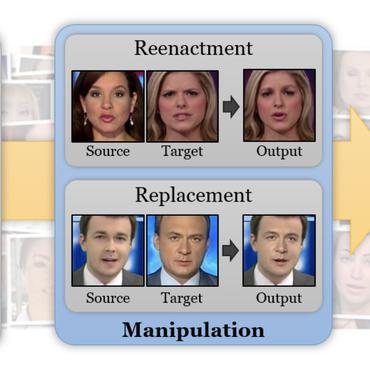DE-FAKE: Detection and Attribution of Fake Images Generated by Text-to-Image Generation Models
Text-to-image generation models that generate images based on prompt descriptions have attracted an increasing amount of attention during the past few months. Despite their encouraging performance, these models raise concerns about the misuse of their generated fake images. To tackle this problem, we pioneer a systematic study on the detection and attribution of fake images generated by text-to-image generation models. Concretely, we first build a machine learning classifier to detect the fake images generated by various text-to-image generation models. We then attribute these fake images to their source models, such that model owners can be held responsible for their models' misuse. We further investigate how prompts that generate fake images affect detection and attribution. We conduct extensive experiments on four popular text-to-image generation models, including DALL$\cdot$E 2, Stable Diffusion, GLIDE, and Latent Diffusion, and two benchmark prompt-image datasets. Empirical results show that (1) fake images generated by various models can be distinguished from real ones, as there exists a common artifact shared by fake images from different models; (2) fake images can be effectively attributed to their source models, as different models leave unique fingerprints in their generated images; (3) prompts with the ``person'' topic or a length between 25 and 75 enable models to generate fake images with higher authenticity. All findings contribute to the community's insight into the threats caused by text-to-image generation models. We appeal to the community's consideration of the counterpart solutions, like ours, against the rapidly-evolving fake image generation.
PDF Abstract




 MS COCO
MS COCO
 Flickr30k
Flickr30k